Champignon mushrooms /Agaricus/ are a kind of mushroom that has a nice white cap and soft flesh. They have chubby fruiting bodies and a spore-forming layer is formed in the form of cloth. Characteristic for the mushroom are pink flakes, which increase with age and change their color - becoming brown with chocolate brown spore pollen.
Young hoods of these mushrooms are with spherical shape and their tabs are hidden because of the presence of a veil, which later splits and leaves a ring around the stem.
Mushrooms are a natural product that is available for consumption throughout the year. It is not coincidence that the mushroom was given the title of "truffle of the 20th century." One of the most famous chefs in the world say that the dish can not be bad if it has these mushrooms.
History of Champignons
These mushrooms have been known since the time of Ancient Egypt. They were considered the food of the gods and the Egyptians were convinced that eating mushrooms provides immortality, deserved only by the pharaohs. Ordinary poor people were not allowed to even touch mushrooms. Centuries later, at the beginning of the 18th century, the French court began growing mushrooms.
Another legend says that King George IV had a special building for growing cultivated mushrooms at the Palace in London. It is not coincidence that the mushroom was given the title of "truffle of the 19th century". Even then, after so many centuries of cultivation of mushrooms, very few people could afford their consumption.
Types of Champignons
According to its characteristics, Champignons are divided into several sections and subsections, and among the most famous and popular ones are:
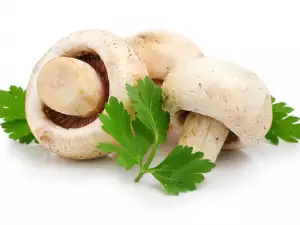
Agaricus - mushrooms with meat, which changes color, pink wafers and thin veils are the features of young mushrooms;
Minores - small mushrooms with a relatively fragile and thin stem. Yellow flesh;
Sanguinolenti - mushrooms with dark red colored meat;
Arvenses - tall mushrooms that have a pronounced anise flavor. Their flesh is like other groups of yellow mushrooms;
Xanthodermatei - these mushrooms have quite a haunting smell of phenol, yellow meat, have expressed toxicity.
Composition of Champignons
Champignons contain cellulose, a large amount of vitamin D, K, A, vitamins of B-group, E and PP. Are also rich in zinc, calcium, potassium and phosphorus. Several mushrooms a day is enough to obtain the necessary amount of vitamin B12. The content of sodium in them is very low.
100 g of Champignons contains 43 calories, 2 g fiber, 3 g protein, 1 g sugar, about 88 ml of water. They contain no cholesterol and fat.
Selecting and storing Champignons
Always choose Champignons that have a fresh look and are thick and healthy. Avoid suspicious looking mushrooms because the health risks are numerous. Store them in bags in the refrigerator for up to 5 days. Do not wash them before putting them in the refrigerator because the water drains very quickly and thus loses its flavor.
Do not store near garlic or onions because they will quickly take their special flavor. If you are buying packaged mushrooms, always check the expiry date.
Mushrooms are suitable for freezing. For this purpose, cut them into rings and place them in boxes to freeze, or use plain bags. Do not tap them not to hurt them. In the freezer, you can store these mushrooms for up to three months.
Champignons in cooking
Indeed Champignons are one of the most simple representatives of a large family of fungi, but that does not mean that they are extremely delicious and healthy. Moreover, nowadays mushrooms are available to anyone who can not afford the finest truffles. They are a completely natural product that can be eaten both raw and cooked through any heat treatment. Before cooking, however, mushrooms should be cleaned thoroughly.
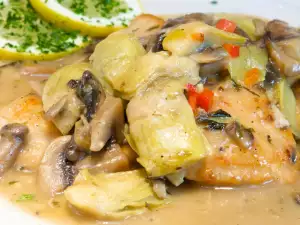
Wash mushrooms well, if you put them in water, which is previously mixed with handfuls of flour. In this flour mix, rub the mushrooms by hand while the adhering soil falls off. Then rinse with clean water and optionally soak them in vinegar not to tarnish. Do not wash mushrooms under running water directly because they quickly absorb it and lose some of their flavor.
Mushrooms add great taste to many appetizers, salads, main dishes, stuffings, omelettes and purees. Stuffed mushrooms with cheese are an amazing dish that is fast and very tasty. To cook them, bake in the oven or grill on the grill.
When frying the mushrooms, it is enough to keep them in the pan for a few minutes, because they become ready very quickly. They spend a large amount of water that can be reserved for making sauces and soups. Mushrooms are used in many vegetable dishes, used for garnishings, complementing the taste of risotto. Can be consumed alone, seasoned with a little salt and oil.
Benefits of Champignons
As mentioned, Champignons are high in zinc, which increases the resistance of the body and strengthens the immune system. Because these mushrooms are low in sodium, with no cholesterol and fat, they are ideal food for people who observe diets. The lack of sugar makes them suitable for diabetics.
Mushrooms contain more vitamins from the B group than are found in fresh vegetables. These mushrooms are a leader in vitamin B2, which reduces headaches and reduces the frequency of pain attacks in people who suffer from migraines. Mushrooms have a positive effect on their skin and hair. The high content of antioxidants in mushrooms makes them healthy food suitable for any table.
Eating mushrooms has antibacterial, antiviral and even anti-cancer effects in a number of studies.
Dangers of mushrooms
The biggest risk that exists on consumption not only of Champignons but also all kinds of mushrooms comes from dangerous toxic counterparts. This special mushroom has three doubles - sticky white or green fly agaric and agaric carbolic. The most dangerous of these is the infamous green fly agaric.
The surest way to distinguish poisonous twins is the color of the plates. In edible mushrooms, the tabs are pink-red to brown, but green fly agaric is colored white.
The first symptoms, which can suggest poisoning are abdominal pain of a colicky character, diarrhea and vomiting. Following signs are liver damage, coma and even seizures. Renal failure is also not excluded. Therefore, even in the smallest suspicion, immediately seek medical help.
Another point in the consumption of mushrooms is their storage. Even edible mushrooms can cause negative symptoms, if not stored properly. On the other hand, those with delicate stomachs may have problems digesting them and have stomach discomfort.
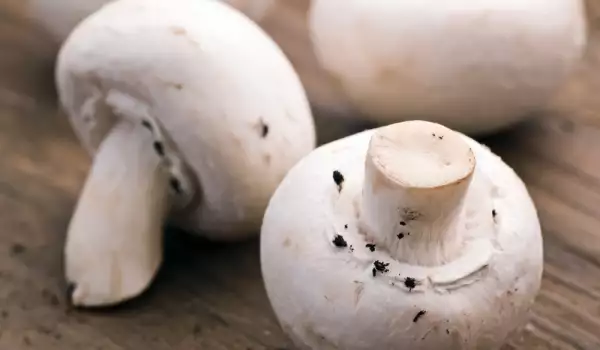
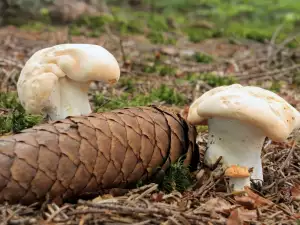
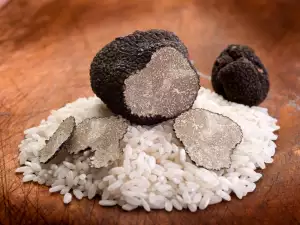
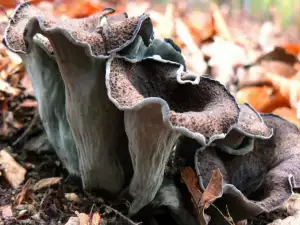
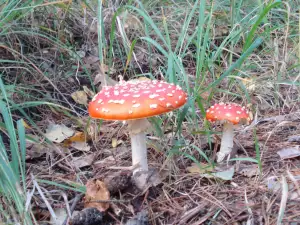
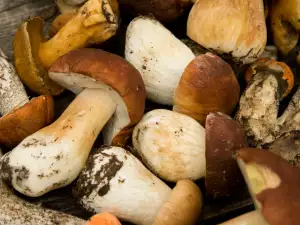
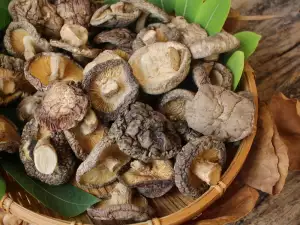

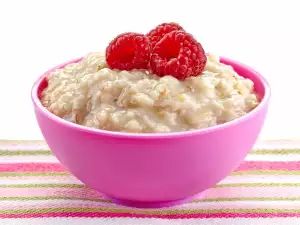
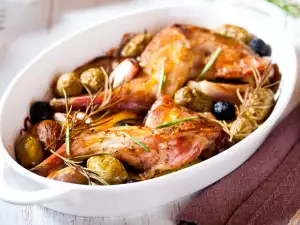
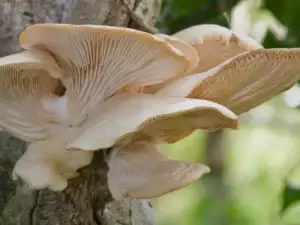

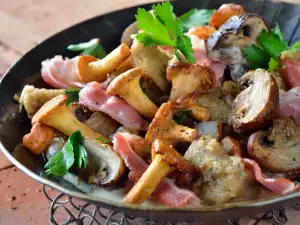
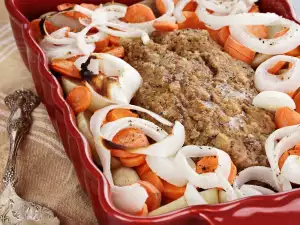
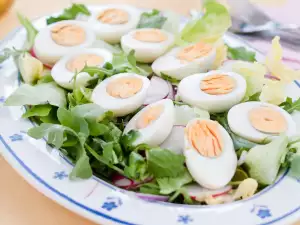
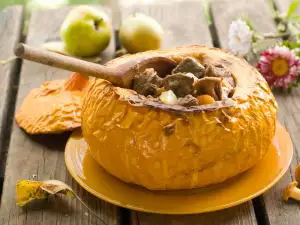




Comments